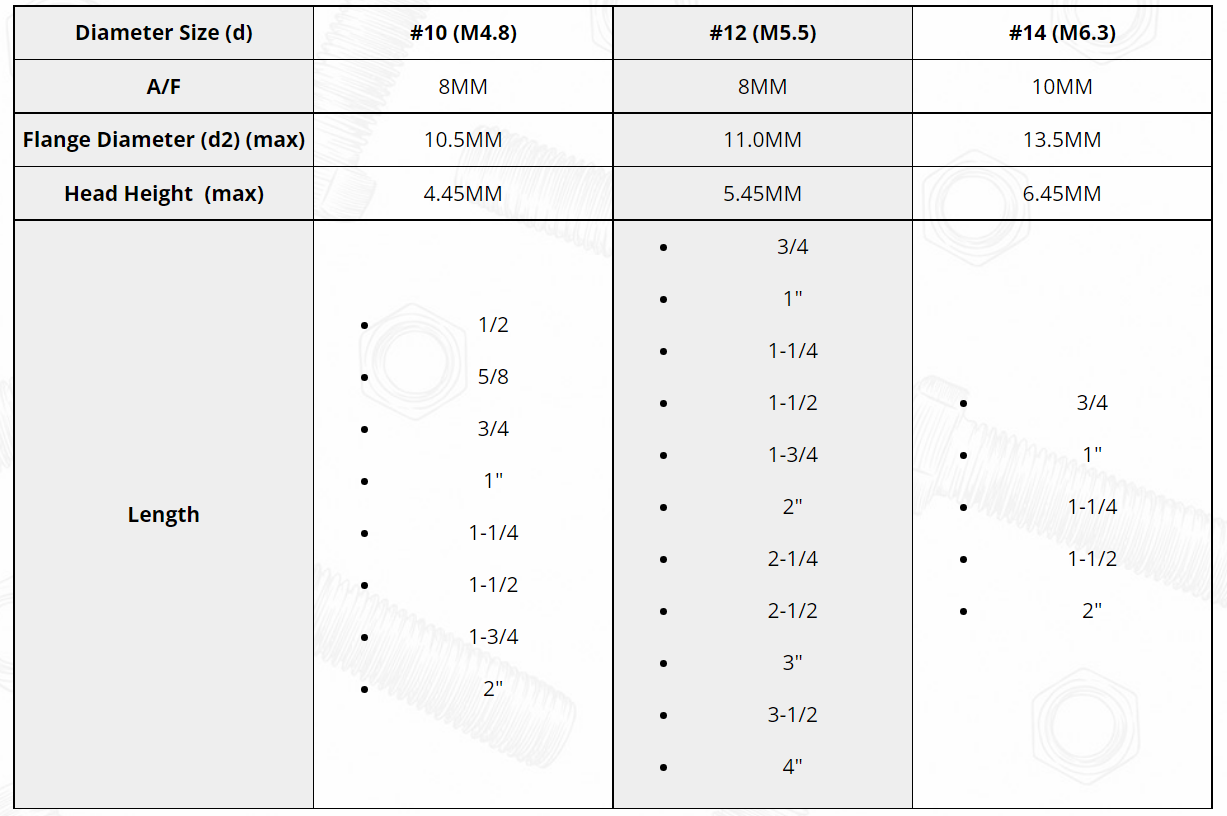Optimized Drywall Screw Layout Techniques for Ceiling Installation Projects
Custom Drywall Screw Pattern for Ceilings A Comprehensive Guide
When it comes to installing drywall on ceilings, one of the most essential aspects that can often be overlooked is the pattern in which screws are applied. A custom drywall screw pattern not only enhances the structural integrity of the ceiling but also contributes to the overall finish of the surface. In this article, we will explore the importance of a well-planned screw pattern, the benefits it offers, and some recommended techniques for achieving a flawless ceiling.
Understanding the Importance of a Screw Pattern
The primary purpose of screws in drywall installation is to secure the panels tightly against the framing structure, which can include joists or furring strips. A well-defined screw pattern helps to prevent sagging, cracking, or bulging of the drywall over time. More importantly, it ensures that the seams between the panels are adequately supported, leading to a smoother finish when taping and sanding.
Benefits of a Custom Drywall Screw Pattern
1. Enhanced Stability By adhering to a custom pattern, you can ensure that each panel is secured at optimal points, thus preventing potential movement that could lead to damage.
2. Improved Aesthetic Appeal A consistent screw pattern not only supports structural integrity but also contributes to a more visually appealing finish. It minimizes the risk of visible screw heads and uneven surfaces post-finishing.
3. Time Efficiency A pre-planned screw pattern reduces the time spent on adjustments and can streamline the entire installation process. Knowing where each screw should go helps keep the project moving smoothly.
custom drywall screw pattern for ceiling

Recommended Screw Pattern Techniques
To achieve a custom drywall screw pattern for ceilings, several techniques can be utilized
1. Screw Placement Standard practice typically recommends placing screws 12 inches apart on the joist edges and 16 inches apart on the field (the central area of the drywall). However, for customized installations on larger or heavier panels, you might consider closer intervals to provide additional support.
2. Seam Orientation Always remember to stagger your seams by installing the drywall in a brick-laying pattern. This means alternating the direction of seams between rows of drywall, which enhances stability.
3. Screw Depth Ensure that screws are driven just below the surface of the paper facing without breaking the drywall. This allows for easier taping and finishing.
4. Use of a Screw Gun Investing in a drywall screw gun can significantly aid in achieving a consistent screw depth and proper pressure. These tools are designed to set screws perfectly for drywall applications.
5. Check for Level Before securing each panel, it’s wise to double-check that all boards are level and properly aligned. This will help to ensure that your final appearance is smooth and uniform.
Conclusion
Crafting a custom drywall screw pattern for ceilings is a crucial task that should not be taken lightly. With a well-planned approach, you can enhance not just the structural integrity of your ceilings but also ensure a seamless and aesthetically pleasing finish. By following the recommended techniques outlined in this article, you can improve both the efficiency and effectiveness of your drywall installation project. Whether you are a DIY enthusiast or a seasoned professional, taking the time to formulate a custom screw pattern will pay off in the long run, yielding a beautifully finished ceiling that stands the test of time.
-
Top Choices for Plasterboard FixingNewsDec.26,2024
-
The Versatility of Specialty WashersNewsDec.26,2024
-
Secure Your ProjectsNewsDec.26,2024
-
Essential Screws for Chipboard Flooring ProjectsNewsDec.26,2024
-
Choosing the Right Drywall ScrewsNewsDec.26,2024
-
Black Phosphate Screws for Superior PerformanceNewsDec.26,2024
-
The Versatile Choice of Nylon Flat Washers for Your NeedsNewsDec.18,2024










